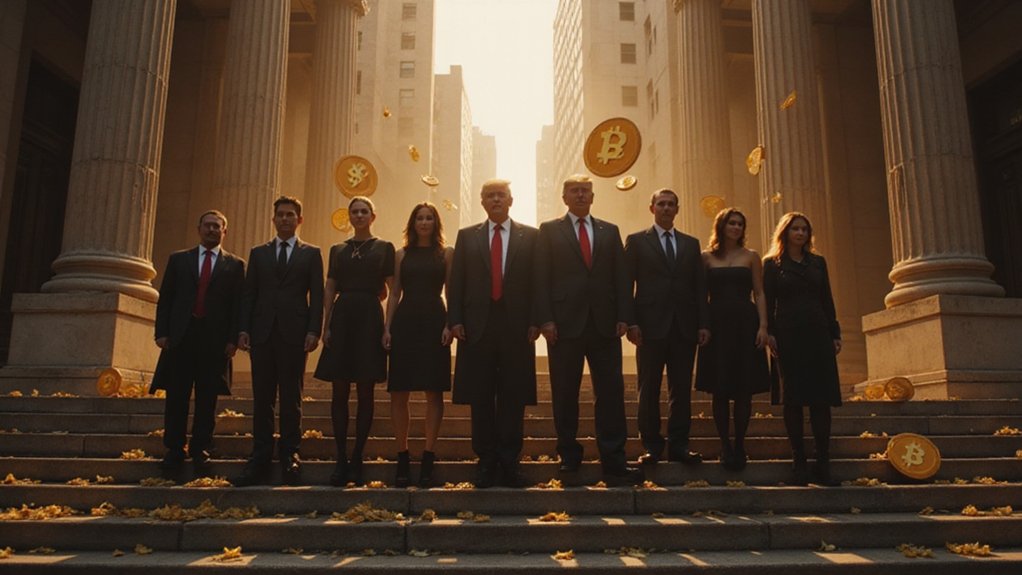The cryptocurrency world experienced a jolt of nostalgia—and no small amount of anxiety—on July 4, 2025, when dormant Bitcoin wallets containing a staggering 40,250 BTC suddenly stirred to life after fifteen years of digital slumber.
The whale responsible for the main movement, transferring 40,000 BTC worth approximately $4.35 billion across four strategic transactions, demonstrated the kind of methodical patience that would make Warren Buffett weep with envy—or perhaps existential dread about missing the ultimate value play.
The methodical patience of this crypto whale would make Warren Buffett weep with envy—or existential dread about missing the ultimate value play.
These aren’t your garden-variety Bitcoin holdings acquired during some speculative fever dream. The reactivated wallets trace back to Bitcoin’s Satoshi-era genesis period (circa 2009-2010), when mining required little more than a desktop computer and an almost supernatural faith in cryptographic currency.
The separate activation of a 250 BTC wallet—a mere $30 million afterthought in this situation—only amplified the market’s collective bewilderment at witnessing authentic digital archaeology in motion.
What transforms this from mere financial spectacle into genuine intrigue is the technical sophistication underlying these transfers. The methodical spreading of transactions over hours suggests holders acutely aware of both market mechanics and security vulnerabilities inherent in their antiquated wallet formats.
These early wallets lack modern protections like seed phrases or hardware security, making migration to contemporary standards (SegWit-enabled bech32 addresses, for the technically inclined) both prudent and overdue. Major cryptocurrency platforms have been implementing deposit address updates across blockchain networks to enhance security and efficiency for users handling legacy formats.
The identity question remains tantalizingly unanswered. While speculation inevitably gravitates toward Satoshi Nakamoto—Bitcoin’s pseudonymous creator whose disappearance rivals any literary mystery—the reality is that numerous early miners accumulated substantial holdings during Bitcoin’s nascent phase. Blockchain forensics have definitively ruled out any Satoshi connection to these particular wallet movements, despite the coins’ ancient provenance.
The timing coincides with heightened cybersecurity awareness among cryptocurrency holders, suggesting practical rather than mystical motivations. Most notably, reactivated wallets are moving funds to centralized exchanges, indicating potential preparation for large-scale liquidation or institutional repositioning.
Market reaction proved surprisingly muted, evidence of Bitcoin’s institutional maturation and enhanced liquidity absorption capacity.
Yet traders remain vigilant, recognizing that additional dormant wallets—potentially containing over 80,000 BTC—could activate at any moment.
Whether this represents strategic repositioning, security upgrades, or the digital equivalent of awakening from cryogenic sleep, these movements signal a fascinating new chapter in Bitcoin’s evolving narrative, where the past literally moves the present.









